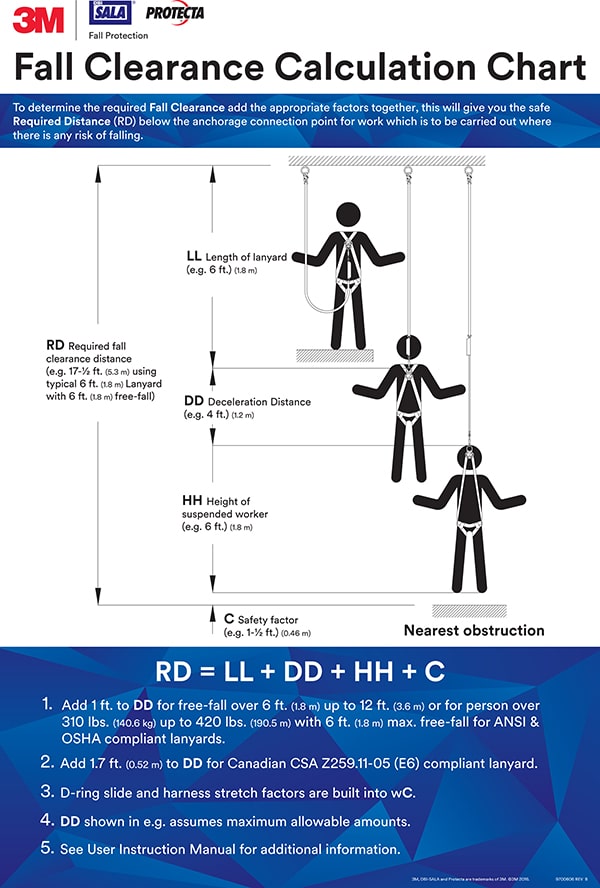The term “working at height” refers to work performed above another level, including ladder, scaffolding, roofs, or near an edge or opening. The common denominator for working at height is the potential to fall to another level if proper safety precautions aren’t in place.
Someone is working at height if they are working:
Falls from height result in a greater risk for serious injuries and fatalities.

Recognizing conditions that make working at height dangerous can help you prevent workplace falls. Whether you’re developing a fall protection plan or performing a hazard assessment, identifying hazards can help you mitigate them.
Understanding the difference between leading and sharp edges can mean the difference between life and death. Each presents unique hazards and requires the right equipment to keep workers safe.
Sharp edges endanger workers when lifelines become frayed, cut, or severed entirely. These equipment conditions can cause falls to a level below, resulting in serious injuries. Leading edges can pose additional risks, including:
Fall clearance is the minimum distance needed between a person’s feet and the level below to prevent them from hitting the ground or striking any other object. In the event of a fall, there must be sufficient clearance to allow for fall arrest. Calculating fall clearance is critical for safety when working at height.
To prevent impact in working at height situations, add the appropriate factors together to determine the fall clearance required. This calculation will provide the safe required distance below the anchorage connection point.

Here is a simple equation for determining the required distance:
Required Distance = Lanyard Length + Deceleration Distance + Work Height + Safety Factor
The height and weight of the worker should also be considered when determining fall clearance.
Click on the image on the right to enlarge the fall clearance tool from 3M®.
While PFAS can protect workers from fall impacts and save lives, they cannot protect people on the ground from objects dropped when working at height. Though falls top OSHA’s Fatal Four, “struck by an object” comes in second with an estimated 10% of workplace deaths resulting from falling, swinging, or misplaced objects. Employers can mitigate these risks by investing in fall protection for tools.
We’re here to help you protect your employees from falls when working at height. We offer a wide variety of fall prevention safety training and fall protection products and services. We're here to answers your questions and offer expert advice. Contact us today!